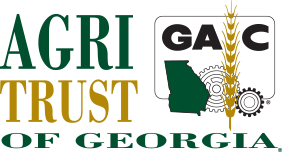Pedestrians and Forklifts
With the harvest season right around the corner, many operations will see an uptick in activity at their facility. This includes more forklifts operating at full speed with pedestrian traffic around. Forklifts are extremely heavy vehicles, capable of causing severe injury and death when not handled properly or treated with caution in their operating space. In the US alone, forklift accidents leave an average of 95 people each day with serious injuries. Even worse, one person dies from these injuries every four days. Over one third of all forklift-related fatalities (36%) are pedestrians. This month’s Safety Alert shares some tips on how you can make your workplace safer for pedestrians and forklifts.

